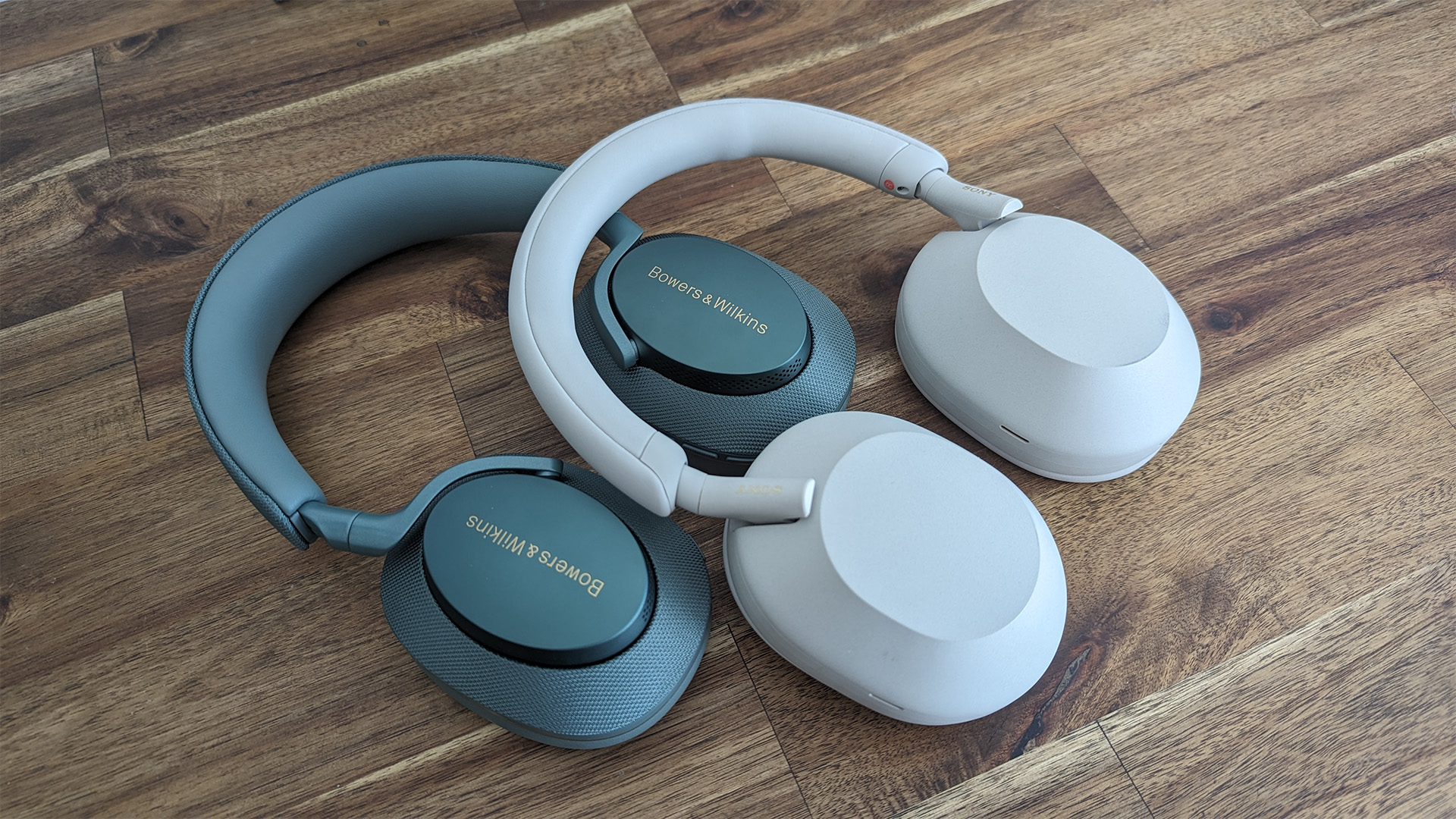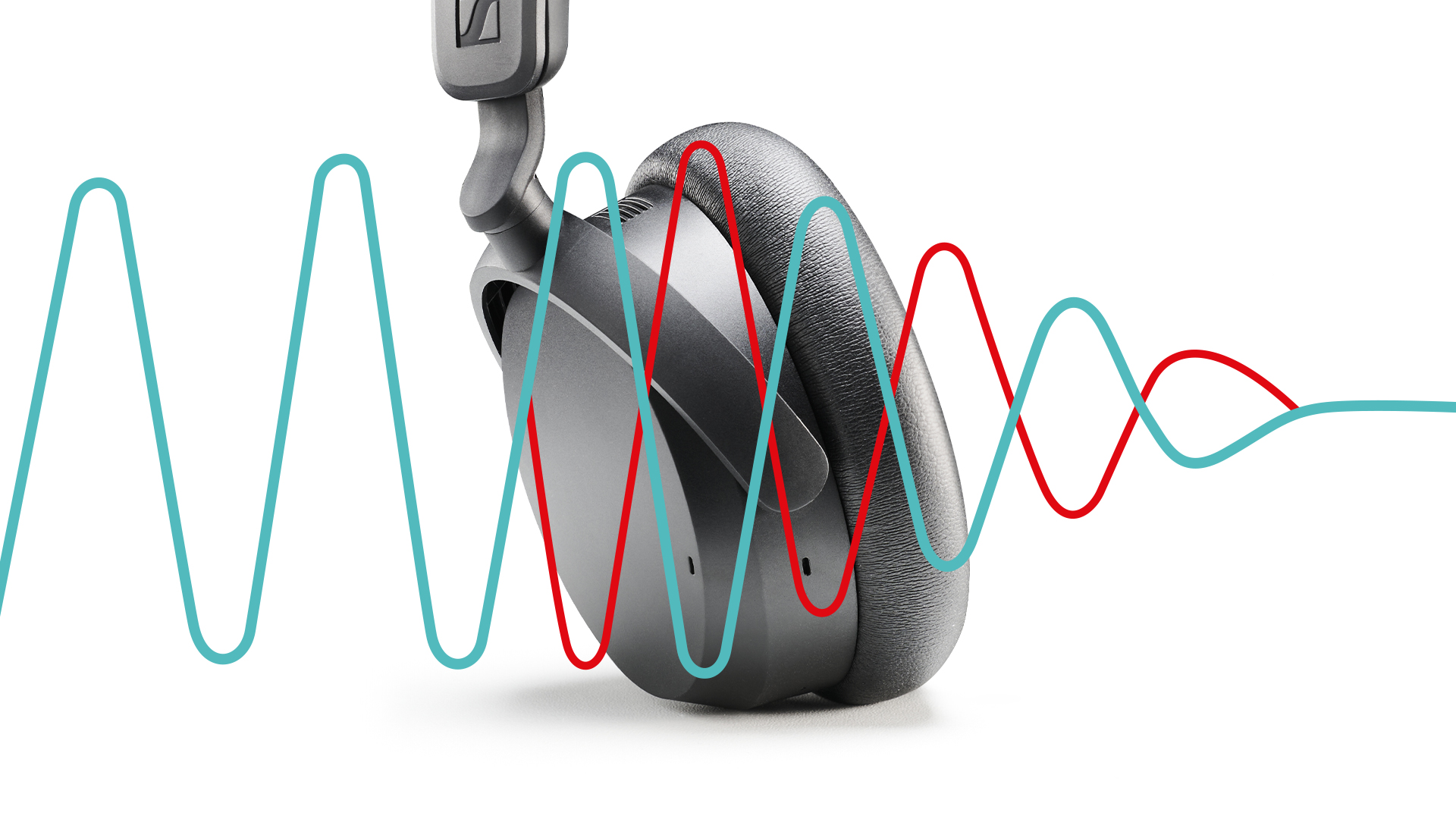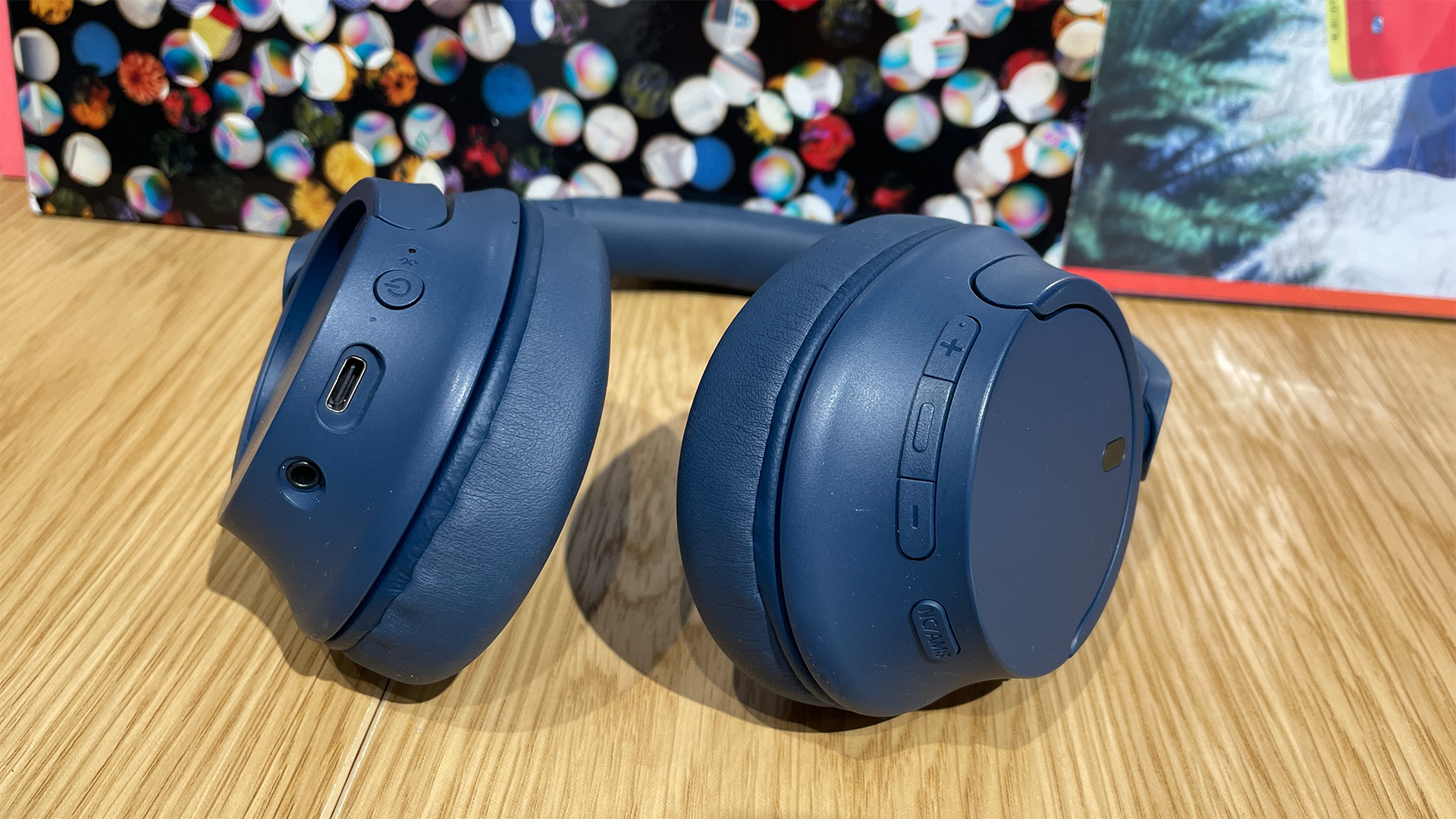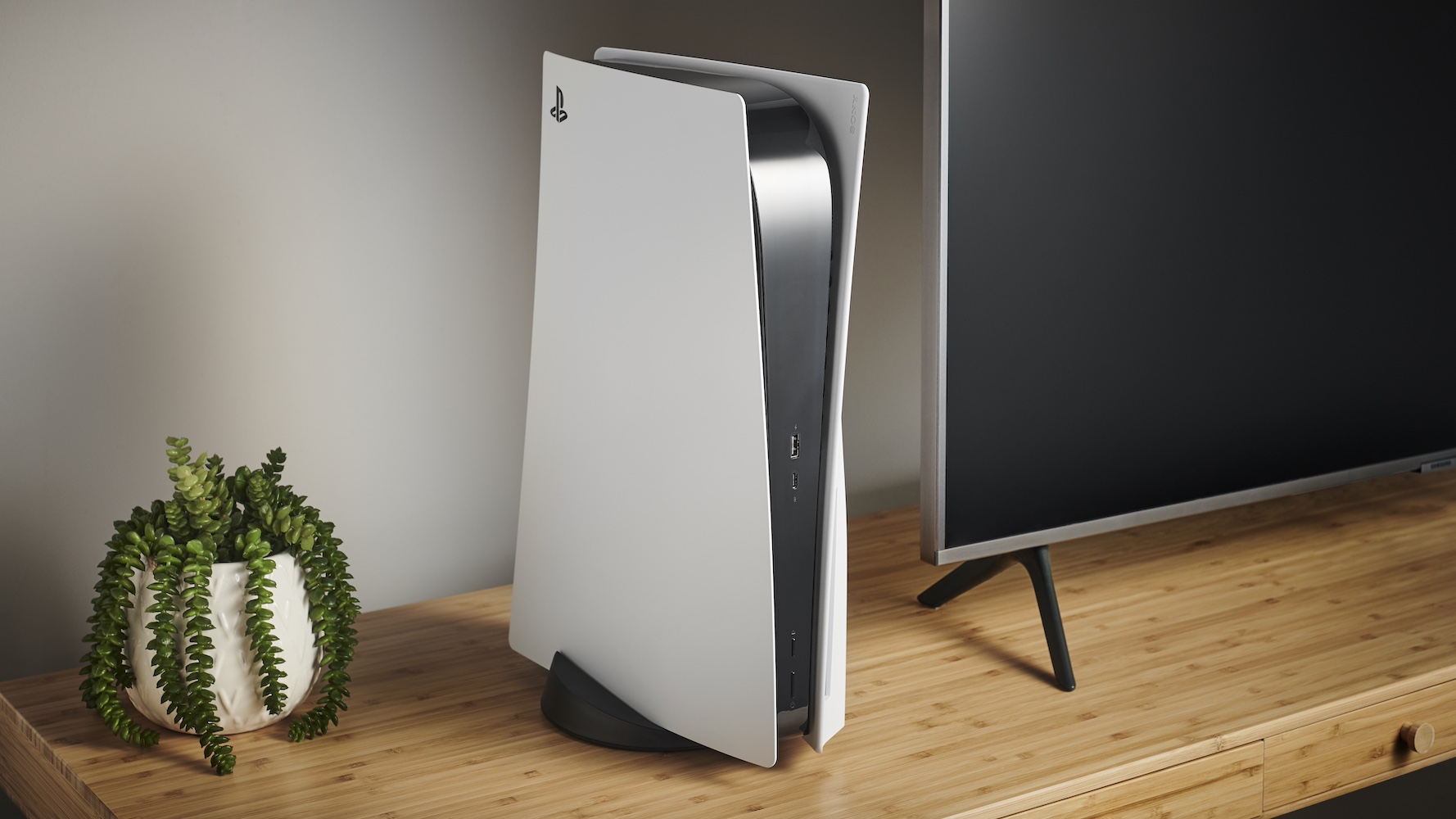Ask The Industry: Bose, Sennheiser and other headphone experts explain how active noise cancellation works – and how it can hurt sound quality
The pains and gains of ANC implementation

Debating whether active noise cancelling (ANC) technology or wireless Bluetooth technology has been the most practical headphone development of the 21st century is a bit like debating whether the macaroni or the cheese is the biggest contributor to a mac ‘n’ cheese. Both play a huge role in making music listening convenient and, most crucially, enjoyable on the move; they go hand in hand like smitten newlyweds walking down the aisle.
While Bluetooth is universal in wireless headphones and earbuds today – no more radio frequency (RF) transmission, thank you very much – ANC has only in recent years rolled out to models beyond those of premium asking prices and flagship status. Now, you can get decent noise-blocking ability from well-performing in-ears and over-ears below £100 / $100 / AU$200, as you can see in our best noise-cancelling headphones buying guide.
The technology is a blessing when it comes to isolating you and your music from the noisy and distracting world of roadworks, crying babies and transport engines around you, and in an increasing number of cases can now automatically adapt in intensity based on your surroundings. Processing is often so fast that sudden loud noises can be calmed, while, on the flip side, ANC systems can temporarily amplify surrounding noise so that you can hear, say, train announcements without taking the headphones off. As Beyerdynamic’s Gunter Weidemann points out, it’s now even possible to calculate ANC for the left and right earcups/buds independently and adjust them automatically – handy if, say, you are in the window seat of a plane.
But it’s taken years of hardware and software development to get here, and its effectiveness still varies wildly from pair to pair, at the mercy of how well it has been implemented. So how does it all work exactly? And why can it sometimes screw up the sound? We have asked the people who know ANC best – the engineering and product teams behind class-leading headphones from Bose, Beyerdynamic, Bowers & Wilkins, JBL, Sennheiser and Technics. Here’s what they said.
It all starts… outside of the technology
ANC is a technology – a way to cleverly cancel out external noise through the use of hardware computer chips and digital processing and algorithms. We’ll explore that method a moment, but the primary consideration lies in the physical design of the headphones themselves.
Mikael Herje of Harman International (JBL, Mark Levinson etc) says it’s important to create what he calls “passive cancellation” – how decisions over materials, shapes, ergonomics and seal (earbuds) or clamping force (headphones) can combine to physically block noise in the first place. The combination of these aspects has “a big impact on the total noise cancellation effect (TNC)”, he says. If you’ve ever experienced a lack of bass or sound leaking in while wearing earbuds, or have gaps between your head and earpads while wearing over-ears, it’s likely down to imperfect fit.
Bowers & Wilkins’ Steve Hoyle agrees. “The ergonomic design of any headphone is very important, ensuring that the fit and seal are consistent for all users,” he says. “The better the headphone fits a wider range of users, the greater the passive isolation, which in turn reduces the amount of work required for the ANC.”
Get the What Hi-Fi? Newsletter
The latest hi-fi, home cinema and tech news, reviews, buying advice and deals, direct to your inbox.
The ultimate ANC design

So you have a good fit and, to borrow Herje’s phrase, a “solid passive noise cancellation baseline”. Now to the ‘active’ part of the sound-blocking design.
You can read all about how active noise-cancelling technology works here, but in a nutshell, microphones located on the earcups/buds measure surrounding noise and create a mirror image of the compression and rarefaction of the air (opposite in phase and referred to as “anti-noise”) to effectively cancel it out. There are two types – feedback ANC and feed-forward ANC. With feedback ANC, the microphones are located within the earcup/bud, ideally placed between the driver and the wearer’s ear, meaning that the noise picked up more accurately reflects what is heard by the wearer, regardless of the fit or direction of the noise. It can basically adapt and self-correct what gets into the earcup/bud, although it is less effective at suppressing higher frequencies.
Feed-forward ANC, meanwhile, is the simpler method. The mics are located on the outside, so are more sensitive to noise detection in the higher-frequency band and there is more time to react and generate the inverted, anti-noise signal. That said, feed-forward is also subject to noise directivity and fit, and can also struggle to handle wind noise.
The ultimate implementation is, as the brands agree on, a hybrid design, a more complex and expensive solution. “It combines the strengths of both technologies and can compensate for some of the weaknesses of the two,” says Sennheiser’s Christian Ern, “and the gain in ANC performance is typically worth the investment.”
Again, in order to best implement these active designs, engineers must think outside of the processing box, too. The best implementations must “seamlessly integrate hardware design with advanced digital signal processing [DSP]”, according to Bose’s Mark Bergeron. He gives one example: “Precise acoustic cavity and porting designs help regulate airflow and pressure variations across key frequency ranges, helping to make the system robust, consistent, and well-behaved during transient events or environments."
“Its effectiveness depends heavily on the quality of the drivers, microphones, and the overall acoustic design,” adds the Technics team. “If these elements are not up to standard, the performance of ANC cannot be improved, no matter how advanced the algorithms are.”
Bose, Beyerdynamic and Harman International all note the importance of microphone positioning, too. “Incorrect positioning leads to weak noise cancellation, feedback loops, or distortion,” says Gunter Weidemann at Beyerdynamic. “If there’s any delay in processing [the inverted signal], the timing can be off, making the cancellation less effective.”
Sonic consistency is key
We would say that in most pairs we have come across over the years, we have noticed a degradation in sound quality when ANC is activated, although in our experience the consistency with it on and off is generally improving. Indeed, as Herje at Harman International says, “The perfect outcome is that the sound quality stays the same or does not change at all.”
But there are inherent factors of active noise-cancelling systems to overcome in order to achieve this, not least as feedback ANC techniques can inherently degrade the music playback signal.
Technics, Bowers & Wilkins and Sennheiser note how compensation techniques in DSP can be introduced to combat this. “Compensation is typically applied by pre-boosting the music signal to allow for any cancellation from the feedback path,” says B&W’s Hoyle, “however this can severely limit the dynamic range available.” Sennheiser’s Ern says that “limiting the frequency range or amplitude of active noise compensation” can help overcome compensation shortcomings, but there’s no denying that this sounds like a tricky business – no wonder we often hear ANC systems at work!
As with a lot of things in this world, the key is balance. Sennheiser’s Ern notes the importance of striking a balance in ANC intensity. “On one hand, the residual noise reduces the perceived sound quality for the user. On the other hand, the stronger you drive ANC, the more likely it is that a user may experience sound deterioration in some cases, like extreme noises or leaks in the sealing between the headphone and ear.”
Similarly, Bose’s Bergeron says that balance pertains to targeted frequencies too: “Applying too much or too little cancellation in a specific frequency range can result in an unnatural listening experience.” He also mentions that the ANC system must coordinate with the audio equalisation depending on the use case, so that it works well for not only music but also podcasts and phone calls.
The road ahead

Like TV picture technology, ANC has come such a long way in the last decade that its future development in the next 10 years could well be, comparatively speaking, incremental. Herje of Harman International recalls how it “came out of the aviation industry many years ago with single microphone configurations with static implementation to cancel out ambient noise at a high cost, making it a novelty item reserved for premium consumer headphones. It was also consuming a lot of power and had a major impact on playtime, which made it a situational feature and only used when ‘needed’”.
Indeed, it’s now evolved from analogue to fully digital, with DSP development being spurred by the increased computational speed, performance potential and accessibility of computer chips (system-on-chips, or SoCs), not to mention, as Technics notes, their ability to facilitate ever-advancing AI technology. This has opened doors for developing more adaptable and adjustable ANC systems, while fuelling market growth, product offerings and indeed competition.
“It has now become an ‘always on’” feature,” says Herje. And, as we mentioned earlier, is no longer the reserve of only premium pairs.
Additionally, Beyerdynamic and Sennheiser note the improvement of acoustic and electronic components, such as digital low-noise MEMS microphones, and how, says Ern, "they will keep on doing so in future”.
Ultimately, though, it seems active noise cancelling technology has an evolutionary rather than revolutionary near-future path ahead of it, with AI advancements sure to keep DSP moving forward. "We might not expect a quantum leap in ANC, but surely there will be further improvements in the coming years,” says Ern.
MORE:
Best noise-cancelling headphones 2025 – tested by our in-house experts
Prefer in-ears? These are the best noise-cancelling earbuds 2025
Becky is the managing editor of What Hi-Fi? and, since her recent move to Melbourne, also the editor of the brand's sister magazines Down Under – Australian Hi-Fi and Audio Esoterica. During her 11+ years in the hi-fi industry, she has reviewed all manner of audio gear, from budget amplifiers to high-end speakers, and particularly specialises in headphones and head-fi devices. In her spare time, Becky can often be found running, watching Liverpool FC and horror movies, and hunting for gluten-free cake.
-
OlMukka I believe the very first company out there to play with ANC was HERE ONE, unfortunately they folded.Reply

